5 ways to pick the perfect tile trend for your home, according to interiors experts
From patterned ceramics to earthy mosaics, these designers will help you find the right tiles for any room in your home
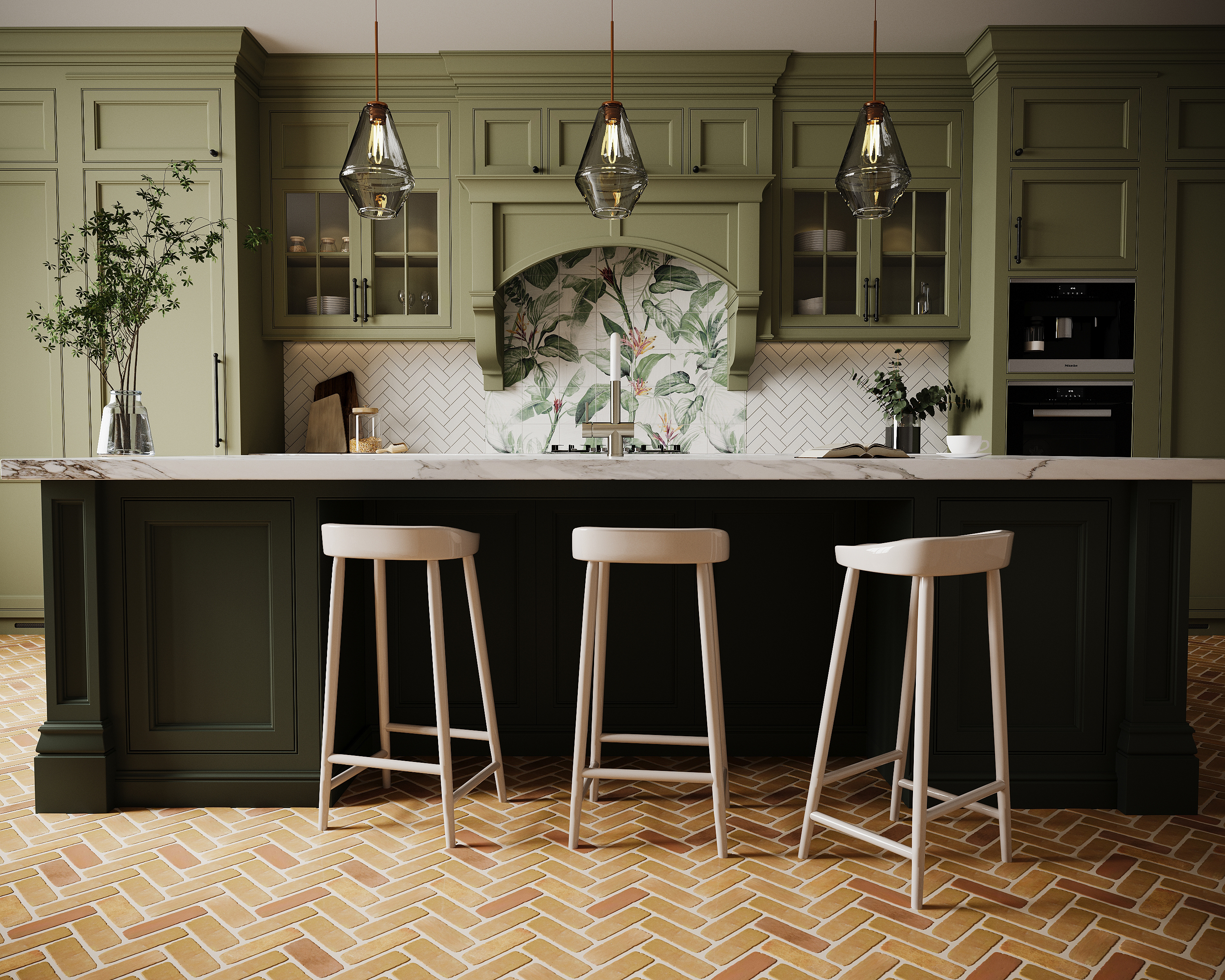

We all know there's more to tiles than plain old glossy white squares, but with a myriad of shapes, colors and designs to choose from, how do you know you're choosing the right ones for your home?
In fact, the thought we should be giving to our tiles runs deeper than their appearance alone. There are a variety of different types of tile, from porcelain and marble to picket and craquelure. Each one has its own properties and features that can make them better suited to certain spaces within the home.
A lot is changing right now in the world of tiles. While geometric patterns have dominated kitchens and bathrooms for the past few years, tile trends point towards a more earthy and natural feel. Some of us are feeling bolder too: according to a study by Atlas Ceramics, searches for lemon yellow tiles are on the up.
Not only is it hard to keep up with the tiles of the time but unlike choosing a paint color, it's a lot harder to test tiles on your walls or floors before you commit to what can be quite an expensive project.
Whether it's bathroom floor tile ideas or tiles for your kitchen wall, you want to know you're making the right choice. So, if you're looking to incorporate tiles into your interiors, we've assembled a handy guide to choosing the right tile type, size, shape and color with the help of some tiling experts.
1. Think about the type of tile for your space
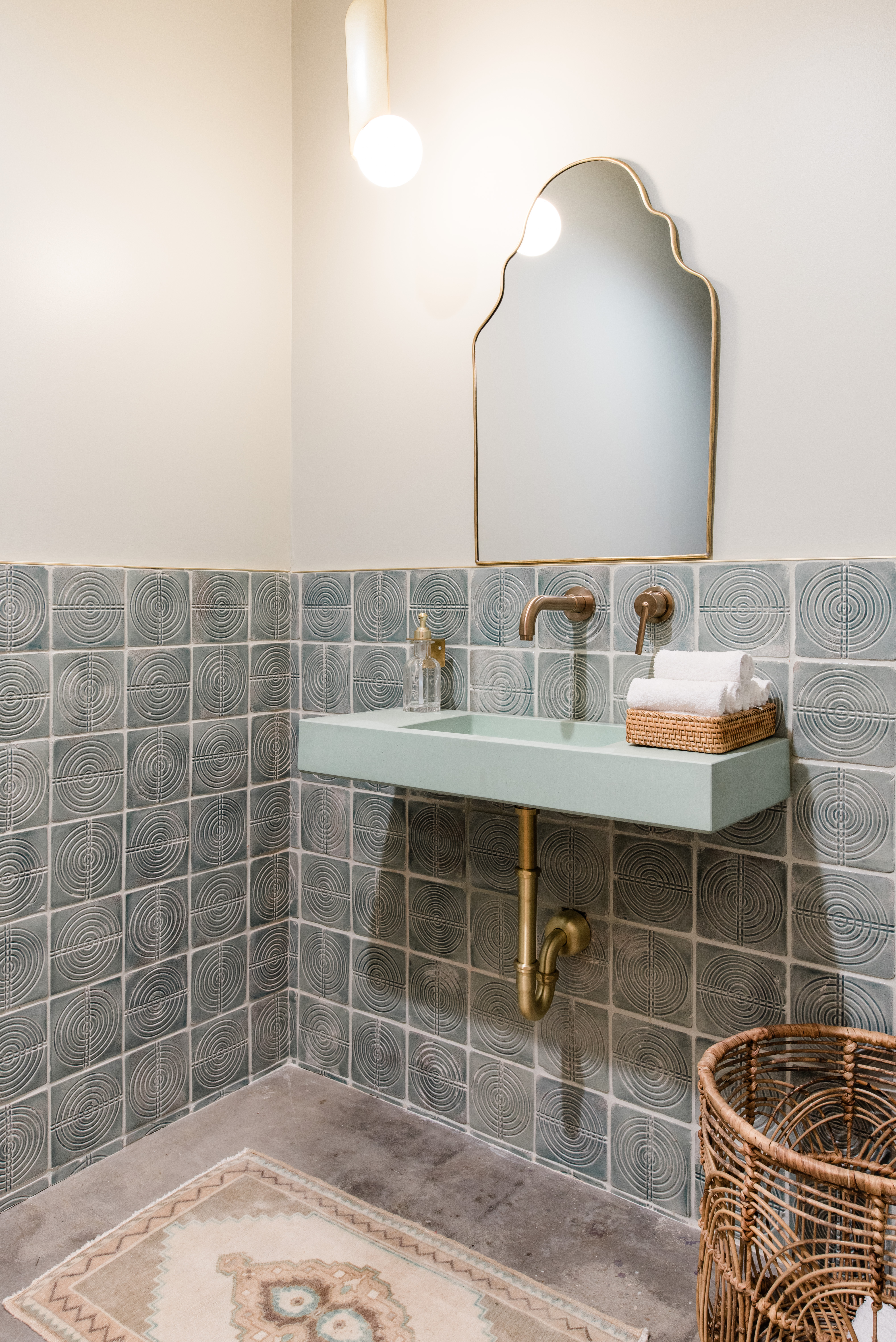
There's a lot more to tiles than you might think. Ceramic tiles are the most common tile on the market due to their versatility and because they're usually more affordable, but their closest cousin is the porcelain tile. But what's the difference between ceramic and porcelain tiles?
Both look very similar in appearance and both are made using a clay mixture which is then fired in a kiln, however, the primary difference lies in the way they're crafted. Porcelain tiles are fired at higher temperatures than ceramic tiles which makes them stronger and more durable.
Be The First To Know
The Livingetc newsletters are your inside source for what’s shaping interiors now - and what’s next. Discover trend forecasts, smart style ideas, and curated shopping inspiration that brings design to life. Subscribe today and stay ahead of the curve.
Because of their quality, they have a heavier weight which can make installation pricier too. Both are strong, reliable tiles however, making them great all-rounders. But for outdoor areas, or floors with heavier footfall or furniture, you might want to consider porcelain tiles.
'A ceramic tile is a little bit softer than porcelain,' explains Lesley Taylor, interior designer and founder of the The Baked Tile Company. 'Because of this, you generally use them indoors. They're suitable for most areas of the home but for heavy duty floors you would use porcelain because it's a lot more robust.'
Conversely, ceramic tiles may work best on walls because of their lighter weight. Glazed or polished tiles look great on the walls and they have that shiny, clean appearance we all long for in our modern kitchens and bathrooms. (Better still, they're super easy to clean!) However, these sorts of tiles won't be the best option for a floor as they become slippery when wet.
Lee Thornley, founder of Bert & May, is in agreement when it comes to the hardiness of porcelain tiles. 'They’re incredibly durable, even in high-traffic areas, are hard and non-porous, and easy to maintain.' However, he warns anyone looking to tile a space to consider whether the type of tile needs sealing to be made water resistant, as is the case with encaustic tiles.
For some design inspiration, considering mixing gloss and matt tiles together in your space to add dimension and texture.
2. Consider the size of your room
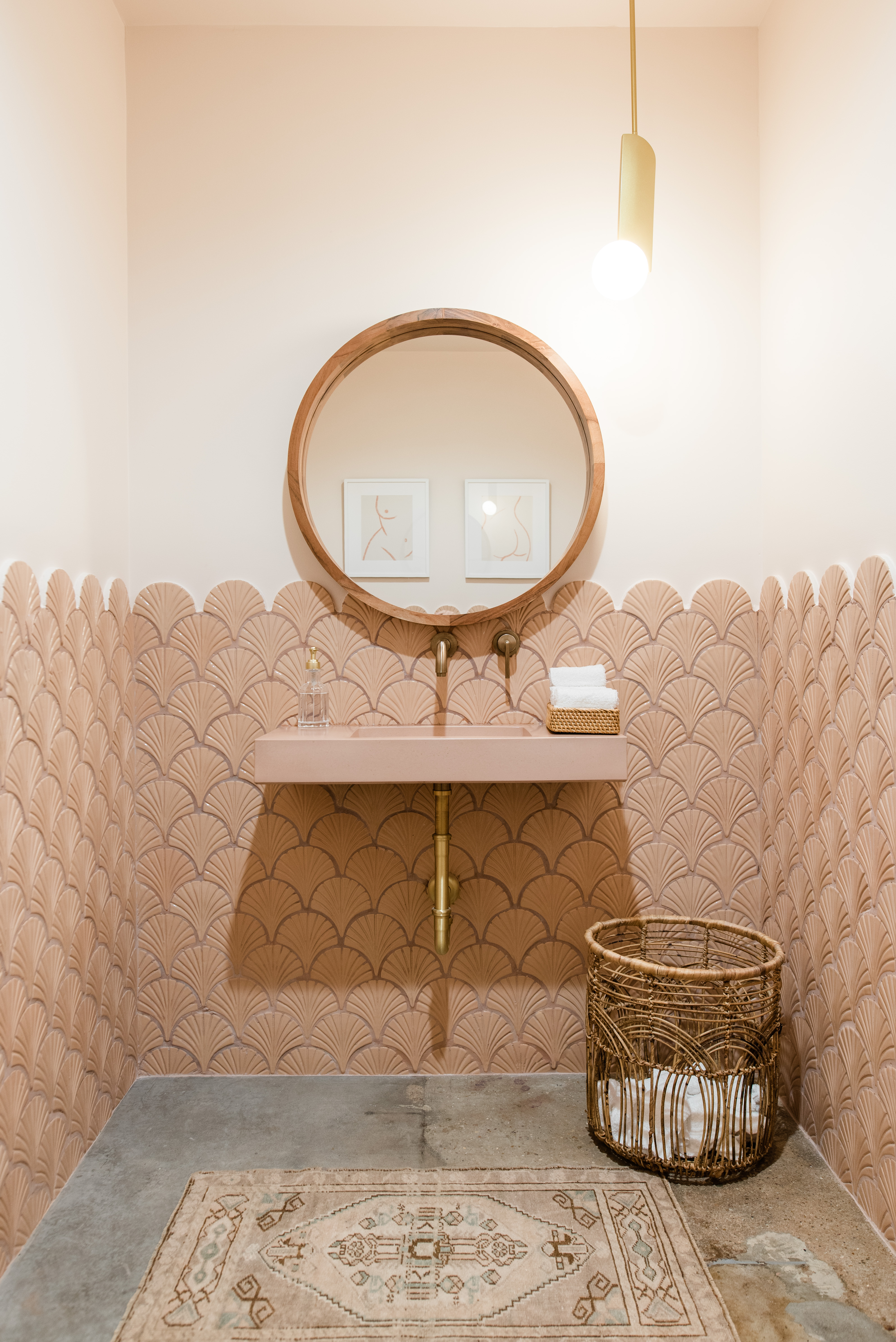
Although we're true believers that tiles can work in any space, too many tiles can make you feel like you've lost your way on the subway.
To avoid tiles looking too lurid, think about the size of your room. Modern bathrooms are generally smaller spaces, so floor to ceiling tiles might be a bit too dazzling. In the washroom pictured here using tiles designed by Claire Zinnecker for Clay Imports, the tiles are only bought half way up the wall. The shell design is a quirky detail that add character to the space, but too many would not only wash the color, but it could make the space feel too enclosed.
As Lesley notes, this is especially relevant when it comes to the use of patterned tiles. 'You should choose your pattern depending on the size of the room that you're tiling because certain patterns work better in a smaller space,' she says. 'If you want to embrace a pattern but in a more subtle way, you can wrap a pattern tile up a wall behind a vanity unit or wrap the same tile finish on the floor into your shower tile while keeping the other walls simple.'
Lee recommends trying a combination of patterned and plain tiles for a more subtle look. 'Setting patterned tiles within plain tiles is a great way to create interest within the scheme, without overwhelming the space,' he says.
3. Don't limit tiles to bathrooms or kitchens
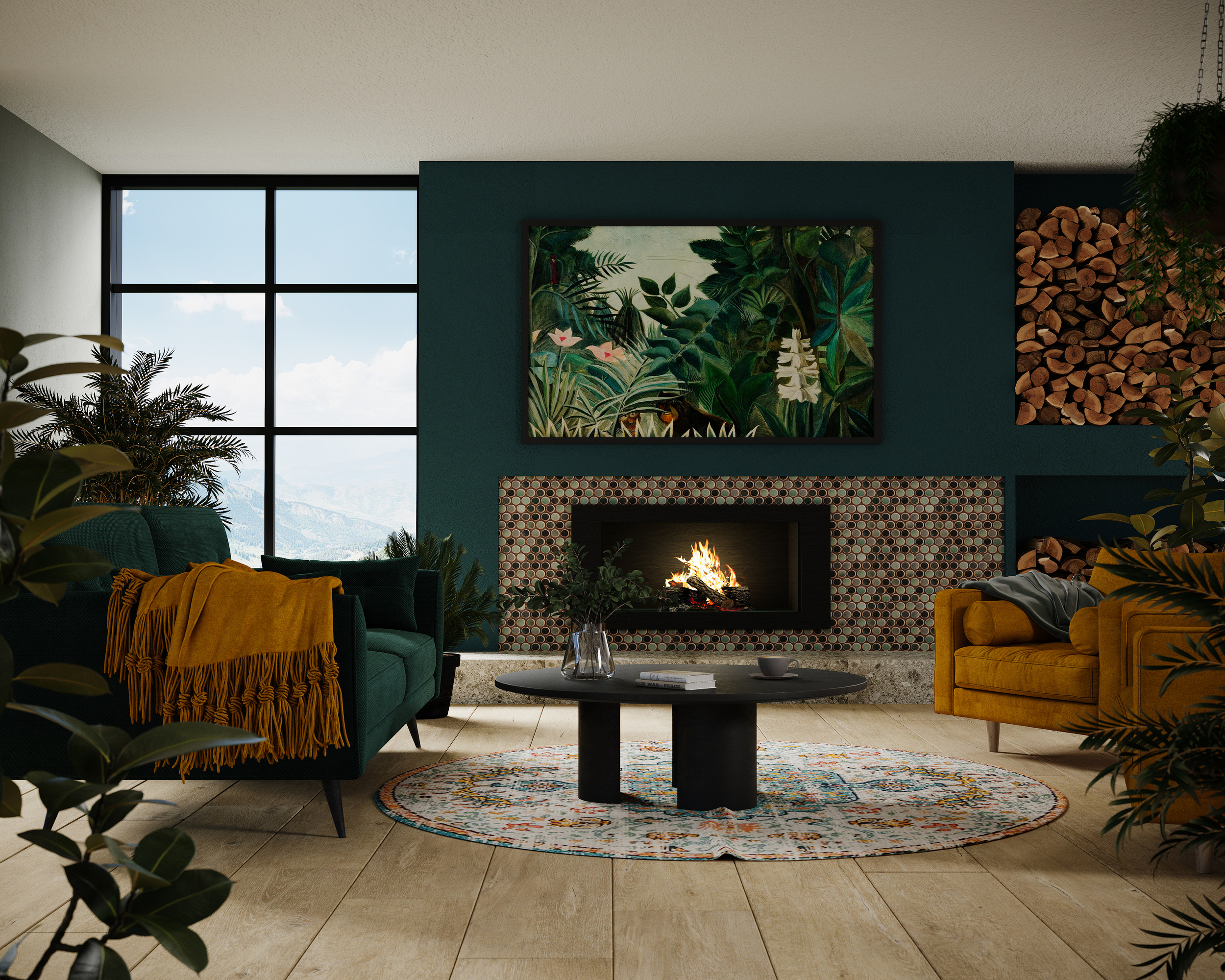
There's no denying that tiles are great for bathrooms and kitchens. They're easier to clean, help to add texture, and they're entirely waterproof. But, while valued for their utility, tiles are first and foremost a design product and in that respect, they should be treated like so. Restricting such a versatile design material to two rooms of the home doesn't allow tiles their true potential.
It's something Lesley agrees upon. 'I think that's a complete waste of an opportunity!' she says. 'Tiles bring character to a room, they reinforce a style or color scheme, and they should be treated like any other decorative product such as wallpaper or paint.'
Traditionally, tiles make a great addition to a fireplace to add some color or pattern to a living room. They can also be used as a statement wall in a bedroom, or as a mosaic floor design in an entryway. 'You could also use tiling as a headboard, which creates an exciting and unexpected bedroom feature, or even as a table-top,' says Lee.
In places like the kitchen or bathroom, tiles usually have a colder feel, but to give them a warmer and more distinguished look, Lesley suggests giving attention to the smaller details. 'It's not just about the tile you choose, but it's the space that you allow around the tile,' she says. 'That is important because it actually affects the way that tile looks.'
'If you're wanting to create a wonderful Moroccan vibe and you were using a spacer, you would completely ruin the look. So you need to butt joint those by pushing them together, and it gives it a very uneven artisanal feel.'
Your tile and grout combination shouldn't be overlooked either. 'I love when clients go bold with a colored grout or introduce texture with a handmade look,' adds interior designer Claire Zinnecker.
4. Experiment with earthier tones
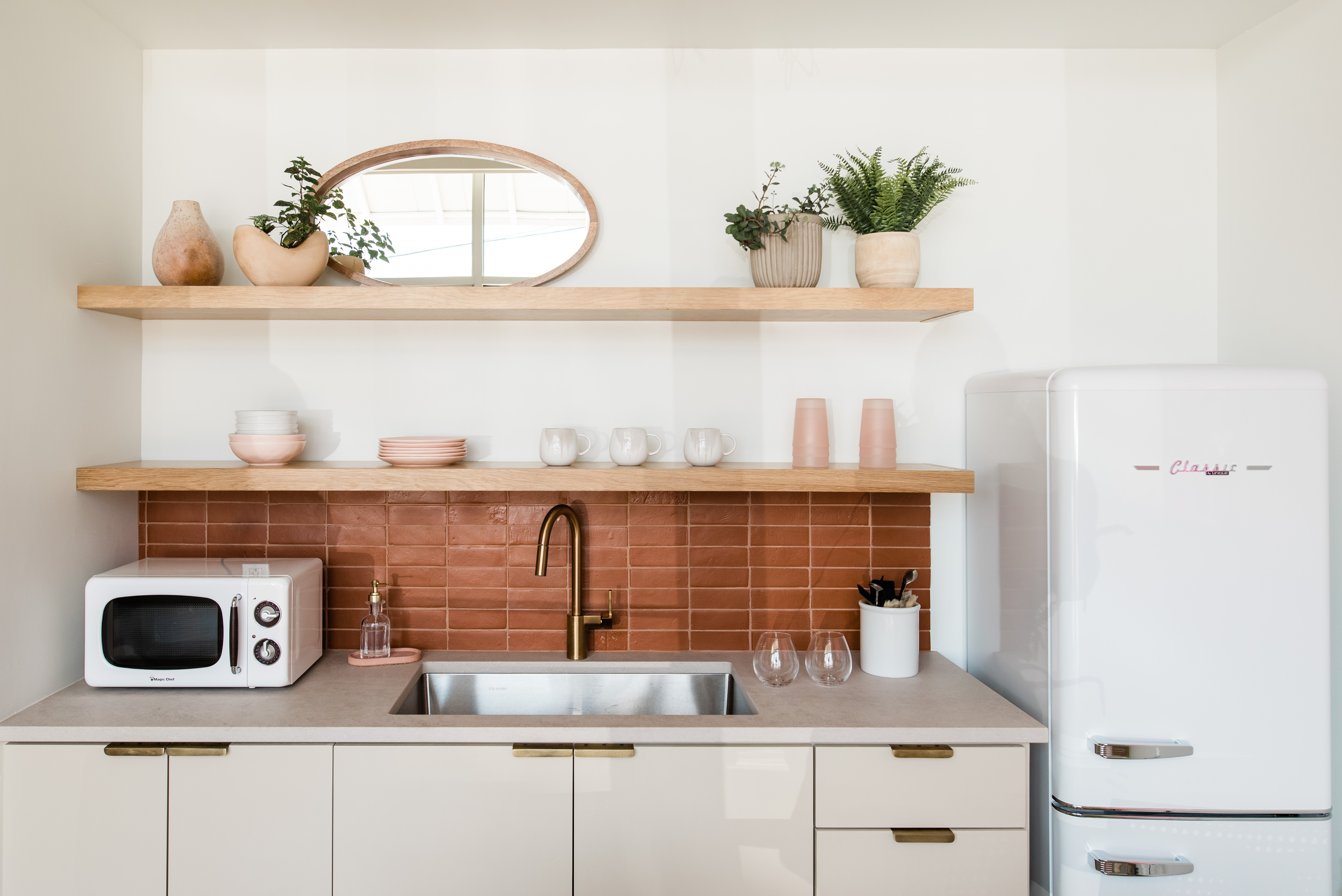
For the past few years, muted pink and blue geometric tiles have been all the rage. To achieve a more classic and timeless look, black and white tiles will always prevail. However, the recent tile trend is all about more natural, earthier tones.
'Earth and jewel tones are having a moment in both the paint and tile world,' explains Claire. 'It's a great way to add fun, color and interest to the old white and grey kitchens and bathrooms. People are bringing their personality to their tile decisions and I am here for it.'
It's not all about color either. According to Lesley, there's been a rise in demand for tiles that mimic natural materials. 'There are some beautiful tiles that emulate natural stone and some fantastic porcelain tiles that look exactly like timber,' she explains. 'There's this wonderful Scandi vibe going on right now so to achieve a Scandinavian design vibe - or a retro, mid-century modern style - you could put porcelain or ceramic wood-effect products on a wall to dress the room with that look and feel.'
5. Try a mural design

Repetitive patterns can be a feast for the eyes, but they're exactly that - repetitive. A long entryway with the same design over and over can get - well - a bit boring. Thankfully, there's a solution to the problem. If you want all the benefits of a patterned tile but a bit more pizazz, why not embrace the mural trend.
'With the murals, the pattern flows across the floor with a repeating pattern just like a gorgeous piece of fabric,' says Lesley. 'It's a softer, more fluid approach to pattern.'
Although beautiful, the designs are usually quite busy so they're likely to work best in a smaller space. Use them to make a statement and become the focal point of a room, such as a kitchen backsplash. Don't detract from the beauty of the design with the wrong grout choice either - choose a tone that will blend seamlessly between the tiles so as not to disrupt the pattern.

Lilith Hudson is a freelance writer and regular contributor to Livingetc. She holds an MA in Magazine Journalism from City, University of London, and has written for various titles including Homes & Gardens, House Beautiful, Advnture, the Saturday Times Magazine, Evening Standard, DJ Mag, Metro, and The Simple Things Magazine.
Prior to going freelance, Lilith was the News and Trends Editor at Livingetc. It was a role that helped her develop a keen eye for spotting all the latest micro-trends, interior hacks, and viral decor must-haves you need in your home. With a constant ear to the ground on the design scene, she's ahead of the curve when it comes to the latest color that's sweeping interiors or the hot new style to decorate our homes.
-
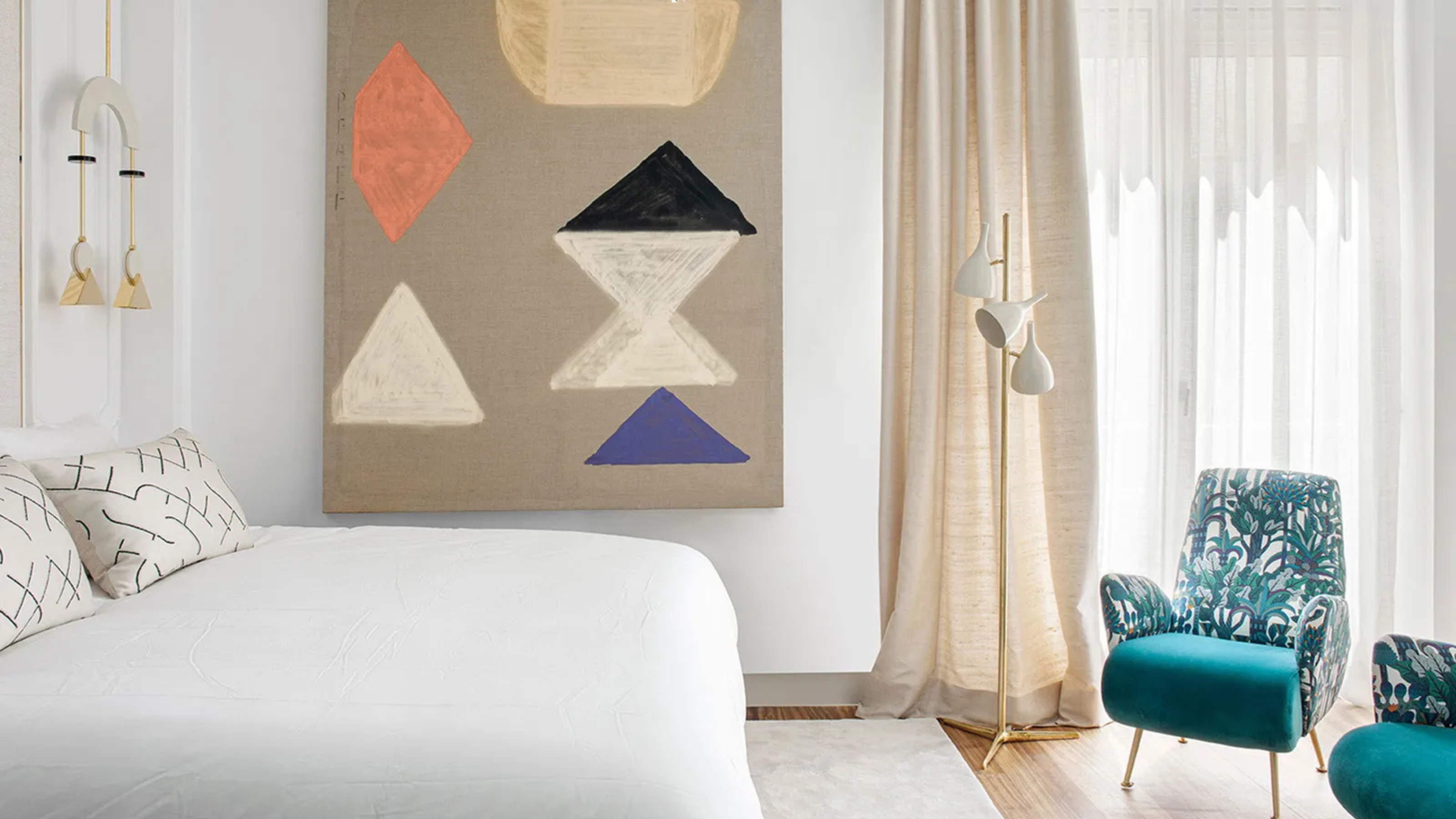 Sateen vs Percale Sheets — What's the Difference, and Which Are Better?
Sateen vs Percale Sheets — What's the Difference, and Which Are Better?Who would have thought a simple weave pattern could make all the difference to your sleep
By Devin Toolen
-
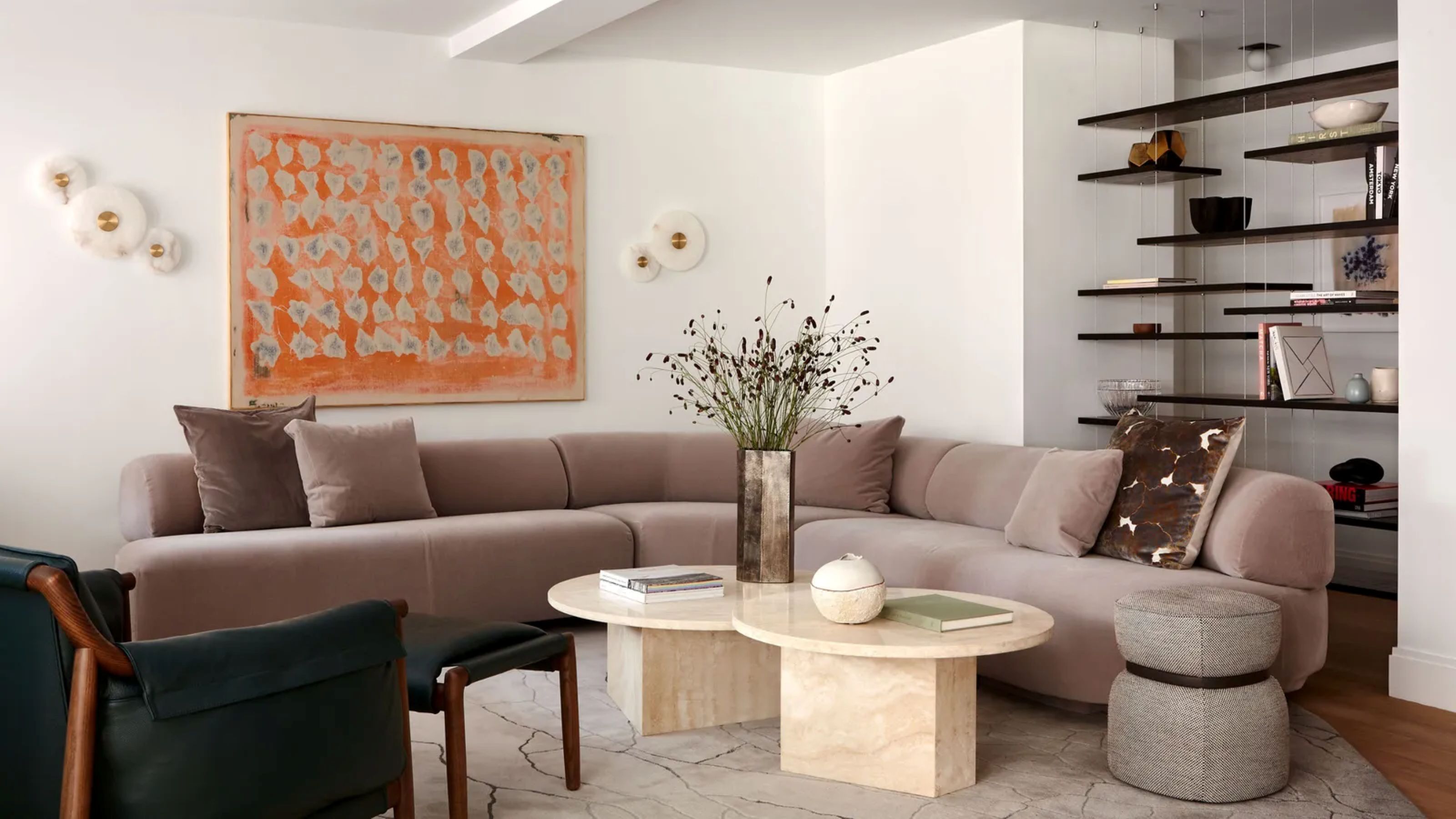 I Asked Interior Designers to Share the Worst Design Trends They've Seen on Social Media — And What They Want to See Instead
I Asked Interior Designers to Share the Worst Design Trends They've Seen on Social Media — And What They Want to See InsteadJust because something is trending, doesn't mean it's tasteful — from dupe-culture to OTT lighting, here's what designers hate seeing in homes
By Devin Toolen